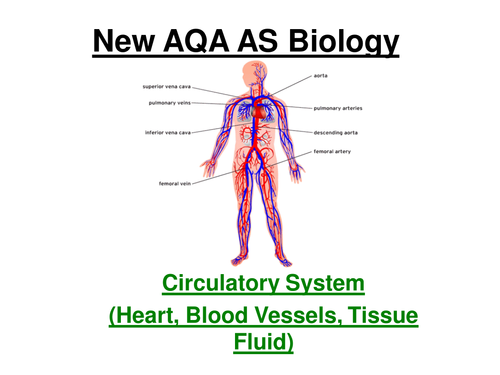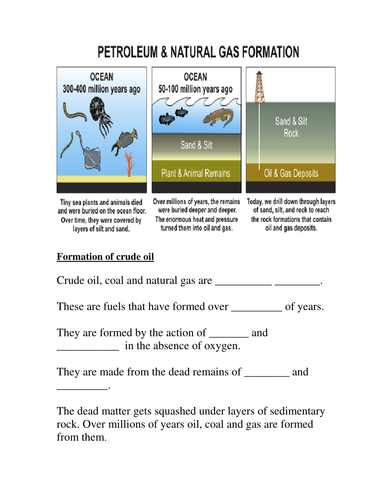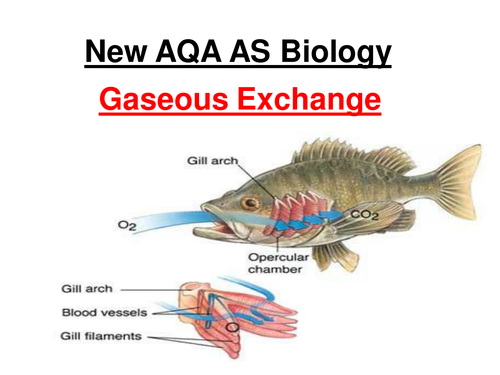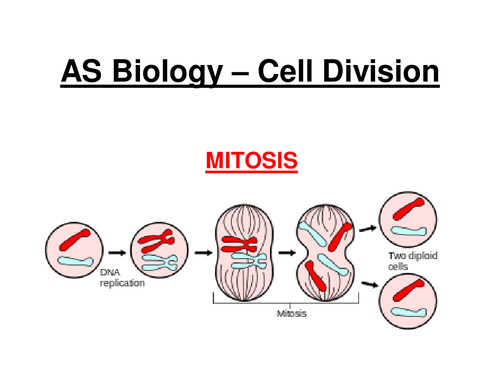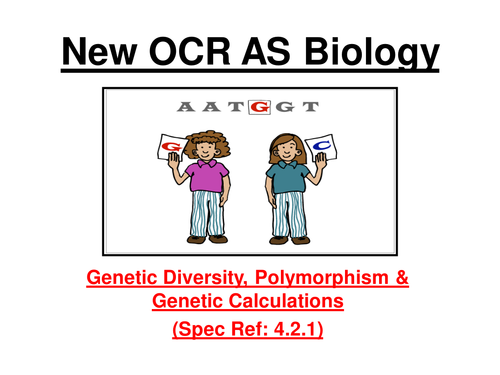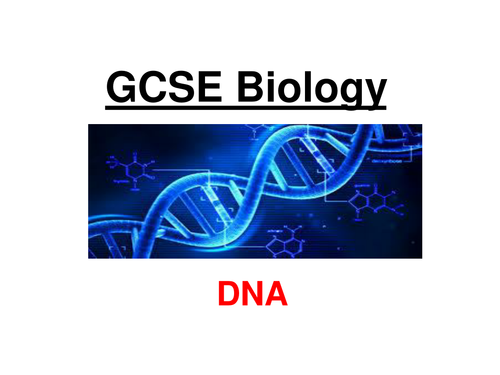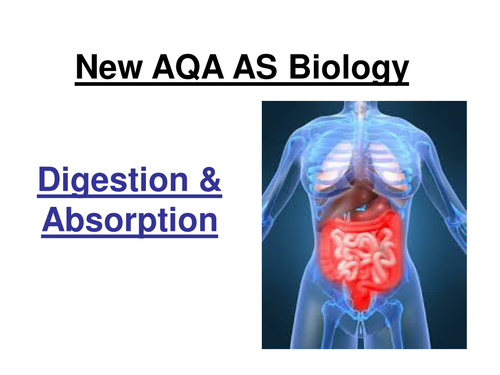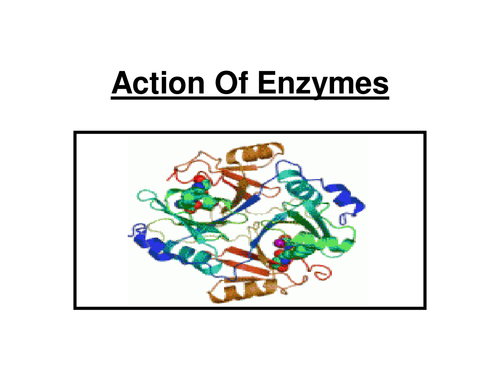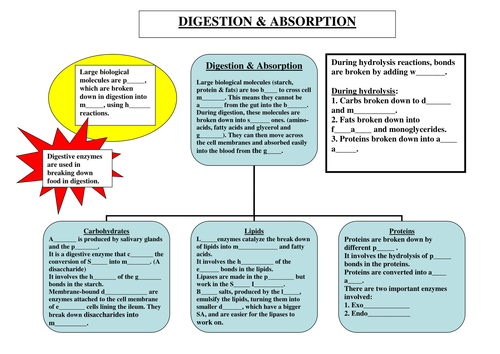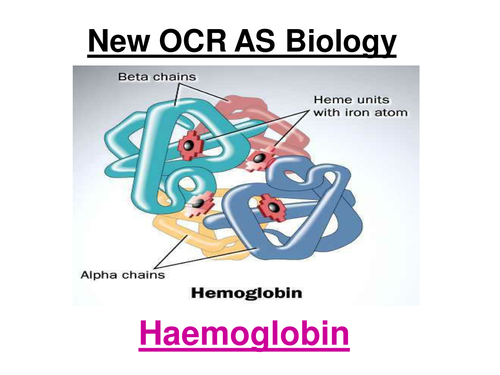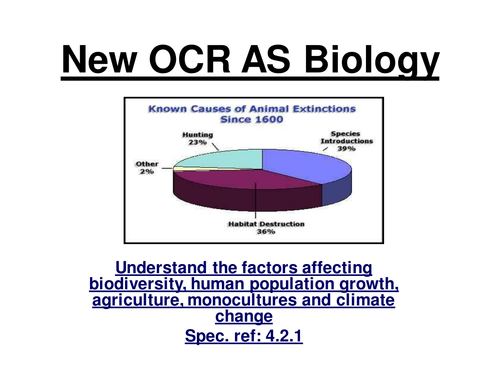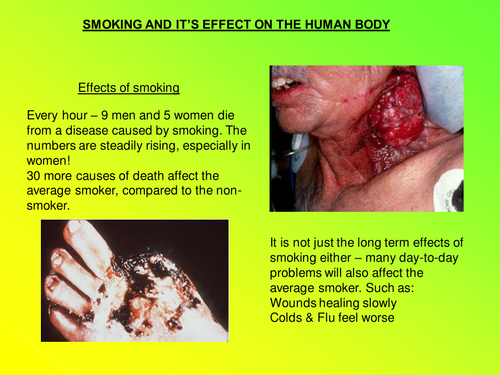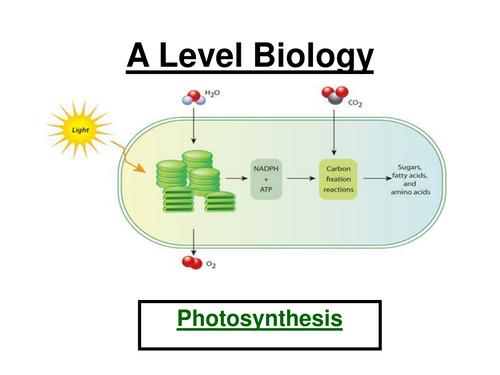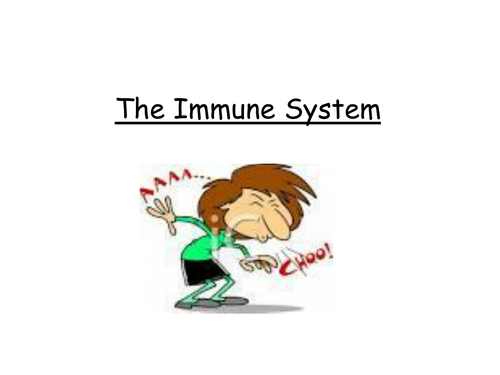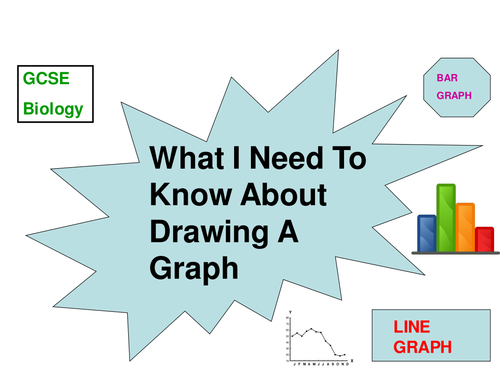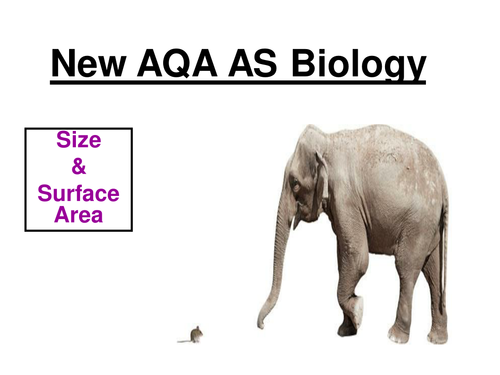Educating Science
TES Recommended GOLD AUTHOR with 23 years experience as a Secondary School science teacher specializing in Biology at an OFSTED rated ‘Outstanding’ High School and as a private tutor. Fully qualified to teach KS3/4 Science, KS4 Triple Science, KS5 Biology & Applied Science and OCR accredited in A2/A level Applied Science and I am in the top 25 teachers of Applied Science in the country or the equivalent of the top 10% nationally at A and top 25% nationally at AS Level.


